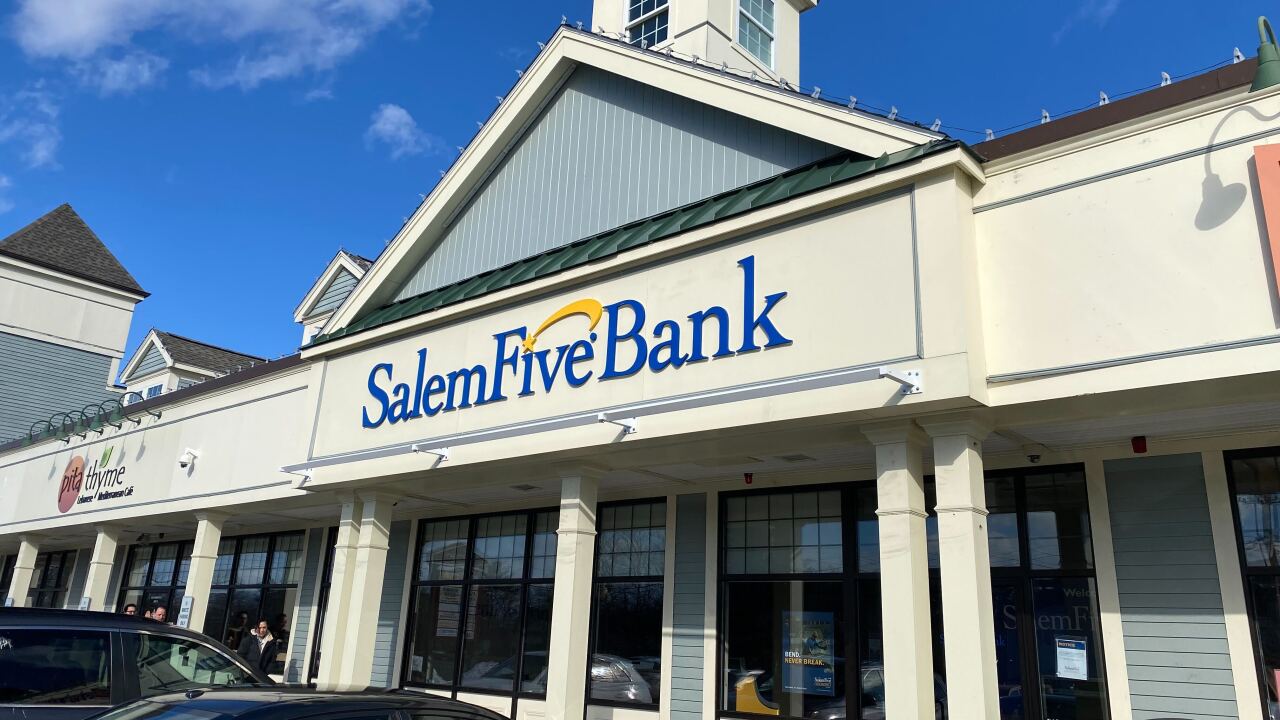-
A personal touch can help a bank stand out, but providing great service is a challenge in our increasingly digital society. How do you develop meaningful (and lasting) relationships with your customers?
August 14 -
Almost everyone has a bank. Fewer and fewer have a banker. Heres why that needs to change.
August 9 -
As banks move into new channels, they need new lines of communication, and perhaps a different attitude.
August 1
The public's confidence in the U.S. banking industry has been rattled in recent years. In fact, the Chicago Booth/Kellogg School's latest quarterly survey found fewer than one in four Americans trust the financial system. Interestingly, the same study revealed trust in small community banks rose from 51% to 55%. Despite 40 community bank closings reported by the Federal Deposit Insurance Corp. thus far in 2012, the evidence of growing trust in smaller financial institutions indicates the need for banks of all sizes to adopt a new philosophy: maintain fiduciary responsibility to customers while pairing asset management with a commitment to supporting communities.
On one hand, the success of banks is measured in dollars and cents. Through retail operations that serve specific needs, banks enable consumers to organize funds, save for their futures or ensure loans for investments. Capitalization is paramount, but, regardless of the bottom line or the level of security a bank provides deposits and loans, a customer is more likely to connect with and invest in a bank that offers a higher level of personalization. In other words, it's still about the people.
Effectively, the future of banking – particularly community banking – hinges on the ability to build consumer trust. This trust cannot be achieved solely by investing in pristine branch locations or product advertising. To move forward, a "what's old is new again" mentality must be embraced. After all, every large bank started as a small one. Our roots are the same and should not be forgotten.
Community bank customers may not relate to how well-capitalized a bank is, but they identify with a teller or loan officer who knows their names and their families. It is this infrastructure of establishing an emotional connection between employees, customers and the community that will define and sustain the community banking industry.
It is important then to constantly communicate values to employees so they can demonstrate these guiding principles when they interact with customers. Instill a company commitment to creating trust in all of your team members, knowing that internal morale will drive an external customer-centric brand. Enhance the enthusiasm of your team and your community with small gestures in and around service areas. Sponsor town festivals, youth sports and local families in need or volunteer at local charities or for community projects.
It is not just one of these activities that will rebuild trust. Instead, maintain a community focus while ensuring customers that their money is safe, their goals are supported and their financial success is important. We must keep communication intact – from management to team members to customers – to show true commitment while offering innovative, quality products and services to an ever-changing banking public.
Banks of all sizes would do well to genuinely care about and stay involved with all of their communities and the customers who make them thrive. Let's go back to the basics, integrating fiduciary responsibility with community commitment. All in all, the future of community banking is just that – communities.
Patrick M. Frawley is chief executive of Community & Southern Bank in Atlanta.




